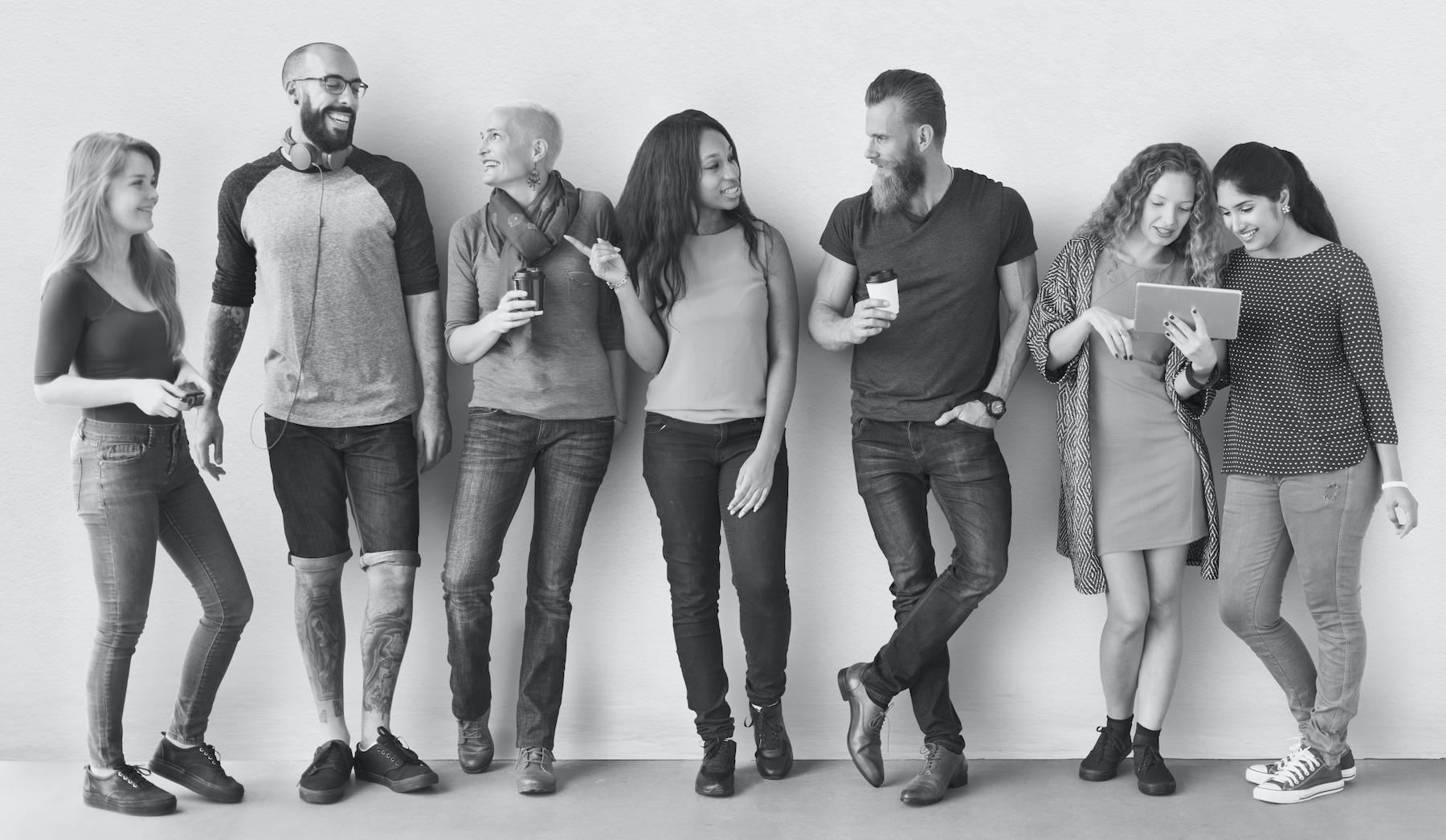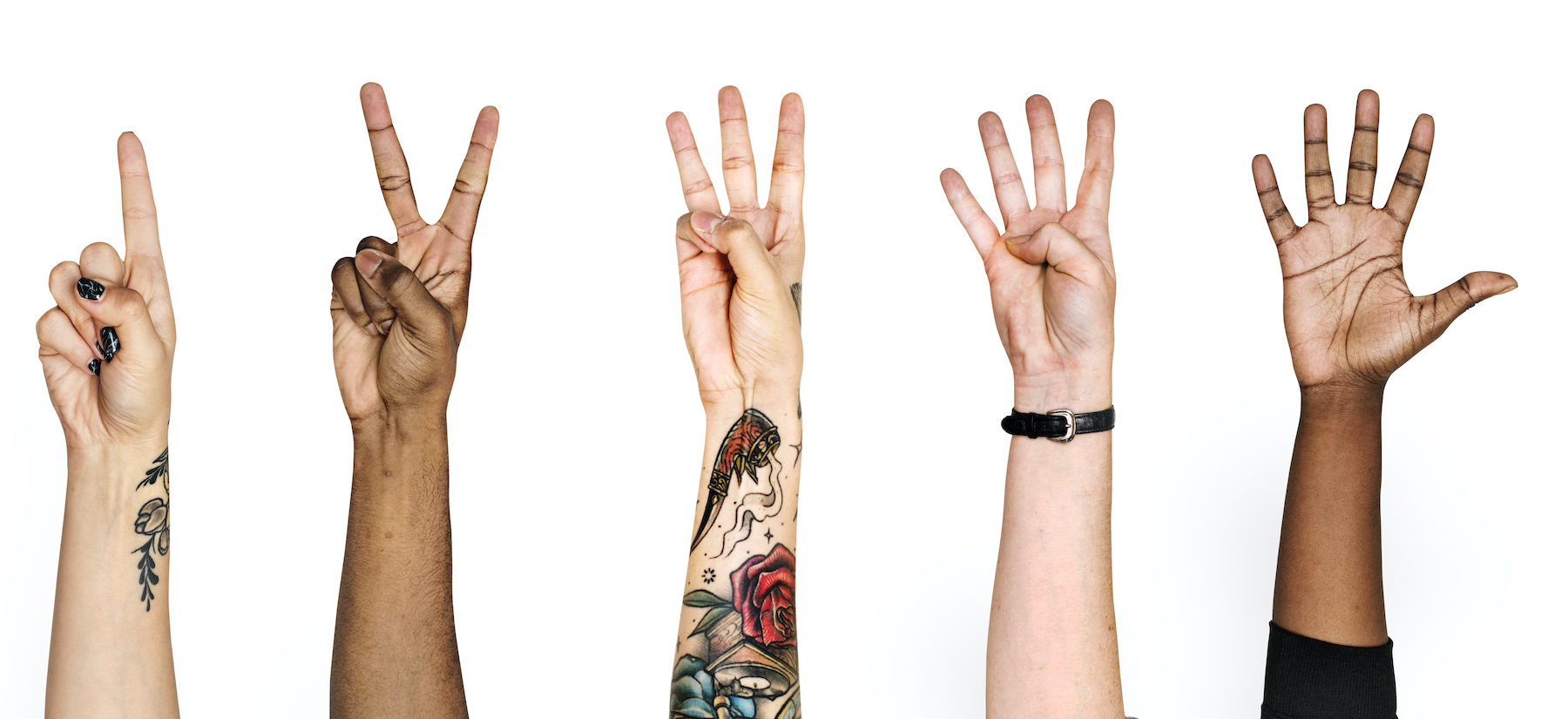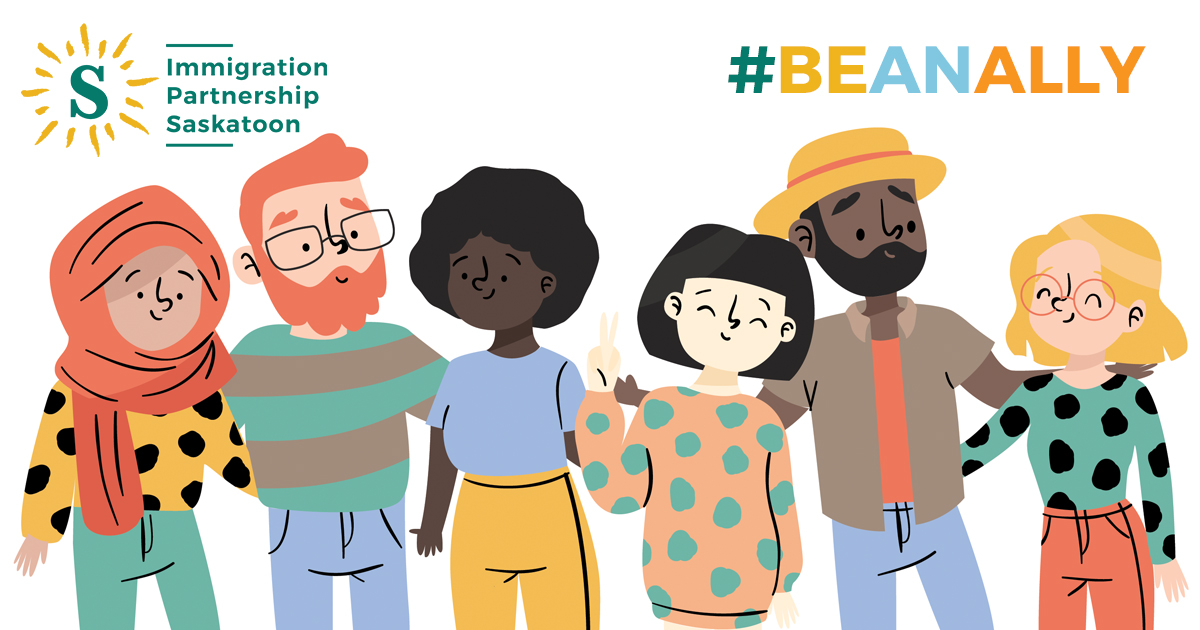IPSK’s success is due in large part to the wonderful group of people who work together to achieve our goals. We are a multi-sectoral partnership involving 70 local organizations working on shared awareness and leadership to create enabling environments for collective action designed to attract, settle, and integrate newcomers to Saskatoon.
Through the Partnership Council, Immigrant Advisory Table and a number of working groups, the Partnership is currently developing a Newcomer Strategy and Action Plan to make Saskatoon more welcoming for newcomers and to improve accessibility to services.
In this editorial, the co-chairs of our Local Immigration Partnership (LIP) Margot and Ali share their input on promoting diversity and fostering inclusion.
Over the past half a century, Canada has become increasingly diverse – in racial and ethnic composition of people, in languages spoken, in faiths practiced, in cultures celebrated. Our communities, large and small, have welcomed these diversities – sometimes enthusiastically, other times with increasing discomforts. Generally unnoticed, sometimes ignored, have been the significant richness in skills and economic strengths that have been brought to Canada by these newcomers that have helped maintain and grow our economy and global competitiveness. During this half a century, the natural growth in Canada’s population has slowed down and we have become increasingly dependent on new arrivals with new skills and capabilities who have been selected and aspired to make their new homes in Canada.

While at the national level Canada has seen these benefits in economic terms and set higher and higher annual immigration targets, such benefits are not easily noticeable in our local communities. Our local communities have seen diversities in the looks, cultures, languages and faith practices of their new residents. Many communities have celebrated the presence of different cultures (and cuisines) in their midst, but not all have been comfortable with different languages that are now being spoken among their midst or with English accents they are hearing in their conversations with the newcomers. Some have questioned openly or not-so-openly – why can these newcomers speak like, act like or dress like Canadians? Are these discomforts with diversities making our communities less welcoming? Are we making best use of the skills, creativity and vibrancy of these newcomers in our local economies? Are we judging our new neighbours only by how they look rather than what and how they contribute to our economy? Are we setting up artificial barriers in their quest to belong in our community, in our society? Are we undervaluing and underusing (thus not deriving full benefits) the skills and experience of our new neighbours? All these questions need to be pondered by all – both the long established members and the newcomers.
It has been suggested that while diversities can help an economy to grow, diversities can also create discomforts unless we ask these questions. To benefit from increased diversities requires change in our mindsets. It is easy to hang around (and promote) people who we feel comfortable with, and often those are people who are like us. Diversity isn’t just about gender or race, it’s also about diversity of background and mindset.
Even though things are not perfect, many in corporate leadership have recognized the value of promoting diversity and supporting inclusion. Primarily, this has come out of the realization that people of diverse backgrounds are also consumers, and if they are bringing new skills, using them to improve our competitiveness, it will be good to embrace these holders of new skills and creativity. Corporate leaders are also realizing that as workplaces become diverse, we need to focus on inclusion.
“We can all be leaders if we choose to be, and we all have a responsibility for making people we know feel comfortable. When you feel like you belong somewhere, your work ethic improves because you feel like it’s your company, too.”
(The Truth About Diversity – And Why It Matters, Forbes, November 30, 2017)
At the community level, commitment to social inclusion helps getting more hands at community building – making the community more vibrant. For a community aspiring to grow and enhance its welcoming image, commitment to inclusion is better than perpetuating division. Through social inclusion, we can patch holes in our communities created by divisive actions and traditions.
So, what do we need to commit to diversity and foster social inclusion? Here are some of the first ones:
- Seek out different mindsets
- Recognize our own discomforts with diversity
- Lead with empathy
- Be intentional – bring diversity into social events, workplace gatherings, community celebrations
- Celebrate acts of social inclusion
We all can be allies in helping our newcomers belong to their new communities!
Margot Orr, Co-Chair
Director of Policy and Government Relations
Greater Saskatoon Chamber of Commerce
Ali Abukar, Co-Chair
Chief Executive Officer
Saskatoon Open Door Society





